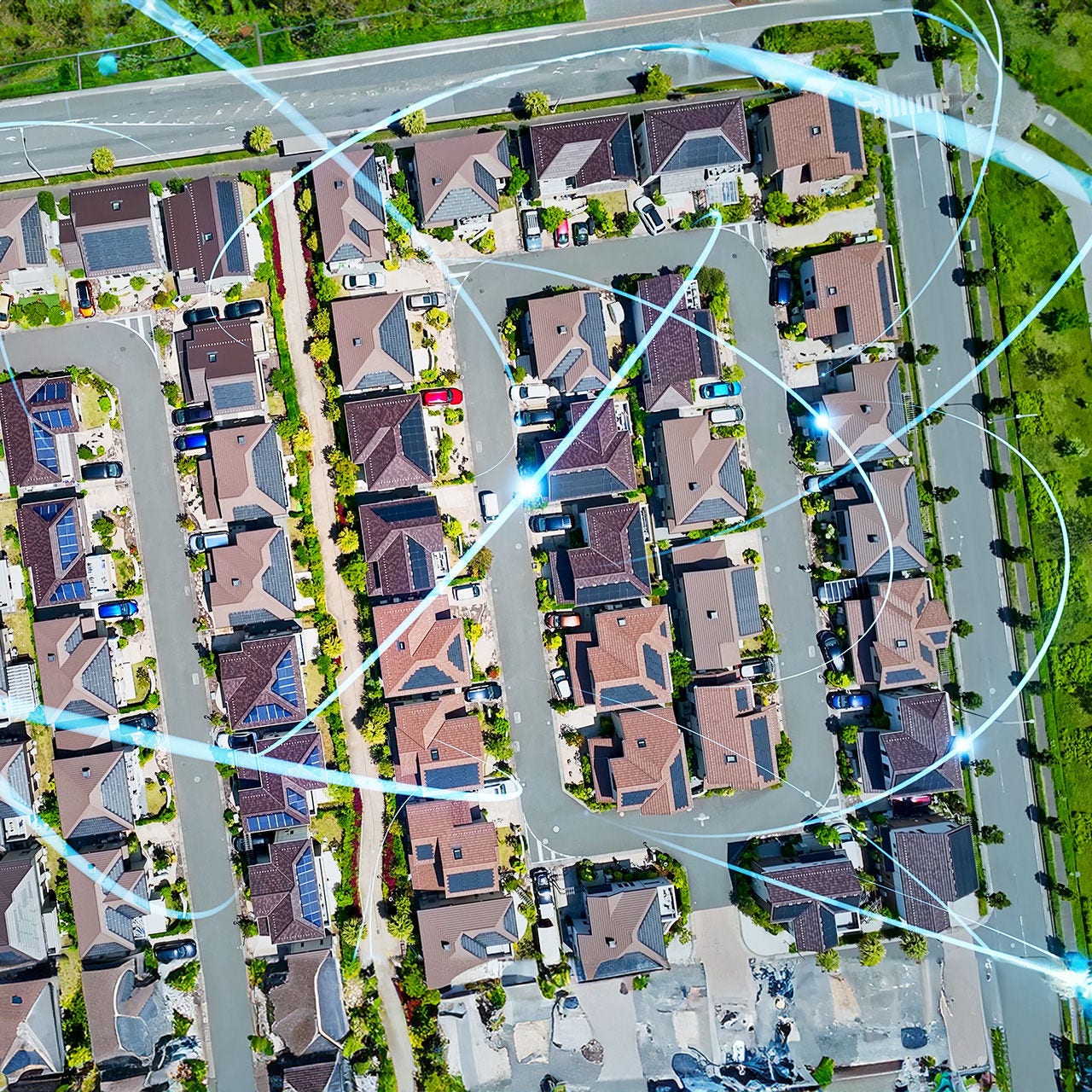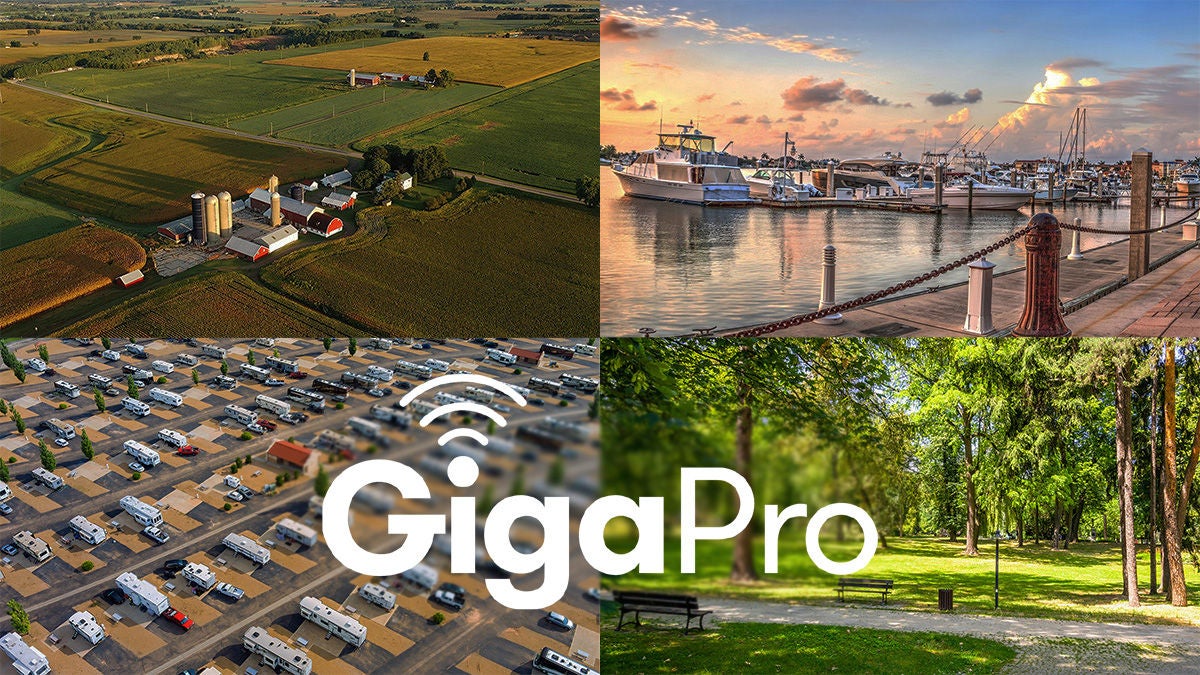Wi-Fi 7 (802.11be)
Wi-Fi 7: A multi-gig experience that rivals wireline
The term "Wi-Fi" is synonymous with the service referred to as "High-Speed Internet"; however, from a subscriber's point of view, the connection performance of current Wi-Fi technology is starting to be eclipsed by the muliti-gig solutions being delivered by broadband service providers.
That is until now! Wi-Fi 7 brings the speed, performance and experience of wireline connectivity and more without the wires!

Technology detail
Wi-Fi 7 (802.11be) technology details
Wi-Fi 7, also known as IEEE 802.11be, is the latest generation of Wi-Fi and is designed to support bandwidth-intensive applications in homes and businesses. Wi-Fi 7 is backward compatible with Wi-Fi 6 (IEEE 802.11ax) and Wi-Fi 5 (IEEE 802.11ac) for investment protection, but to take advantage of the new features and improved performance it promises, you will need to upgrade your devices.
Wi-Fi 6E and Wi-Fi 7 are capable of using the 6GHz spectrum but only Wi-Fi 7 allows for 320MHz size channels compared to 160MHz, greatly improving the performance and capacity. Additionally, Wi-Fi 7 brings Multi-Link Operation (MLO) to achieve and maintain 1ms latency, critical for supporting real-time and latency sensitive applications. Wi-Fi 7 incorporates 4K QAM functionality, four times the ability of Wi-Fi 6/6E.
Muliti-link operation (MLO) allows a Wi-Fi 7 router to combine frequencies from different bands into a single connection, which can help it bypass congestion and interference. With Wi-Fi 7 users can expect latency to be less than 5 milliseconds—an 86 percent improvement over Wi-Fi 6. The MLO feature contributes to that improvement by allowing simultaneous access across multiple bands.
4K-QAM (Quadrature Amplitude Modulation) is the function that compresses four times as much data into a signal compared to the 1K-QAM available in Wi-Fi 6 and Wi-Fi 6E. This can improve data transmission rates up to 20% over Wi-Fi’s previous generation.
Wi-Fi 7 will help deliver high-quality video and better cloud gaming experiences, especially when they are coupled with AR and VR applications that require high throughput and low latency. Wi-Fi 7 also tackles congestion and interference, bringing tangible benefits to networks with densely packed devices or adjacent networks.
Wi-Fi 7 (802.11be) Applications
Solve today's performance issues and pave the way for tomorrow's bandwidth demanding applications
Many applications requiring speed and low-latency are in use today across the residential and business markets; however, these applications, in some cases, require dedicated connections to an internet router.
With Wi-Fi 7, end-users will experience performance they would have only associated with a wired connection. Wi-Fi 7 delivers the same (or better) performance throughout their home or office with no wires attached. Wi-Fi 7 is intended to support more connected devices simultaneously and enable and elevate the experiences in applications such as:
- On-line gaming
- Telehealth
- 4k/8k streaming
- Immersive collaboration
- Augmented/virtual Reality
Would you like to learn more about Wi-Fi 7 and how it will benefit your broadband business AND your subscribers?
Products and services




